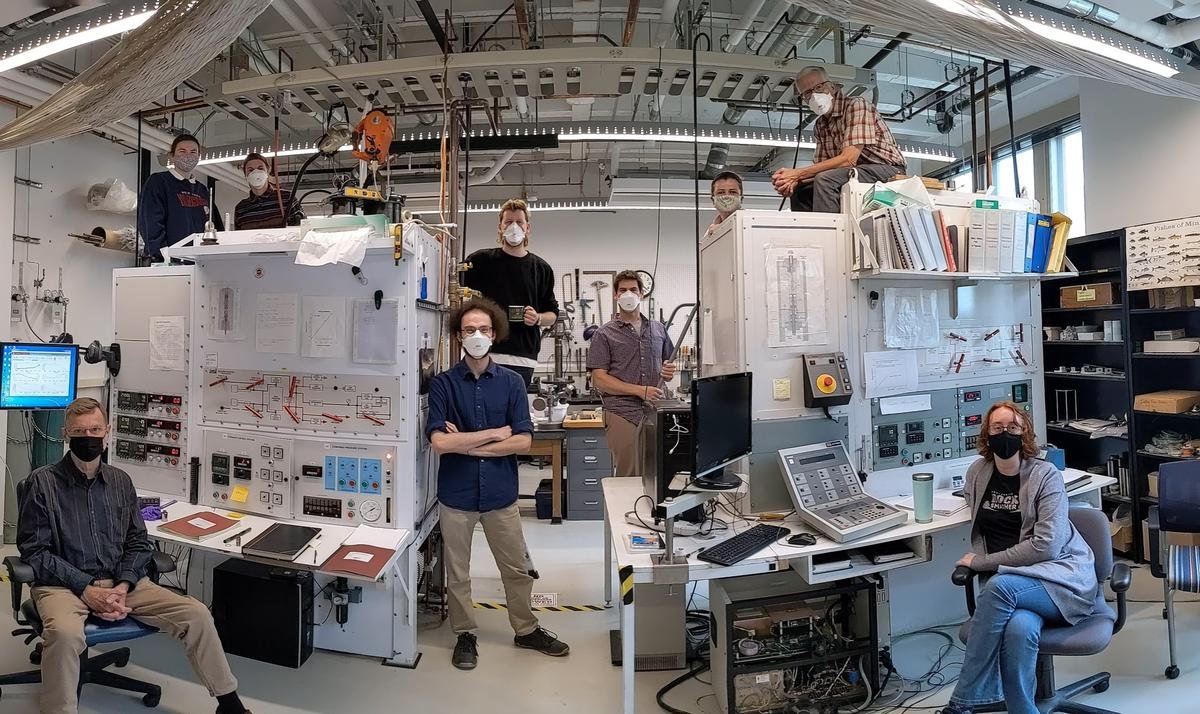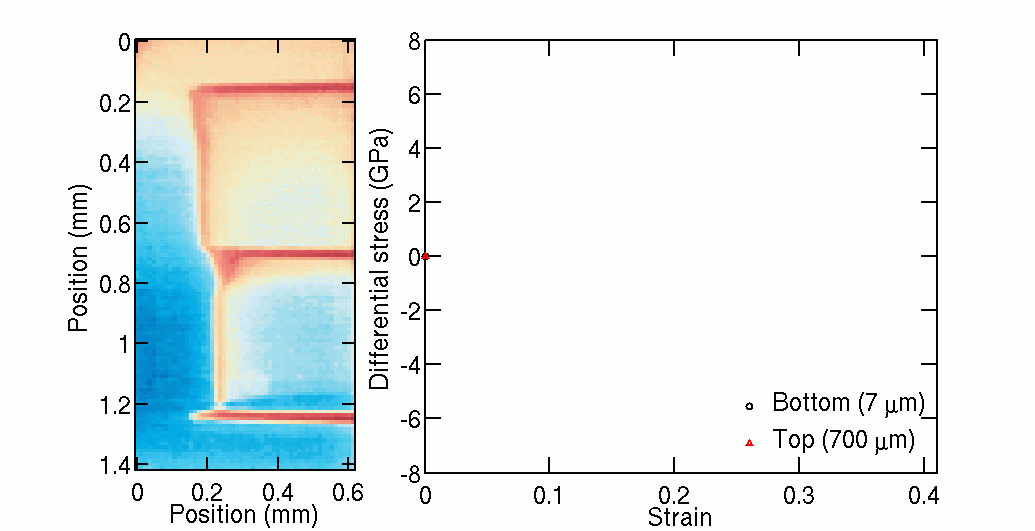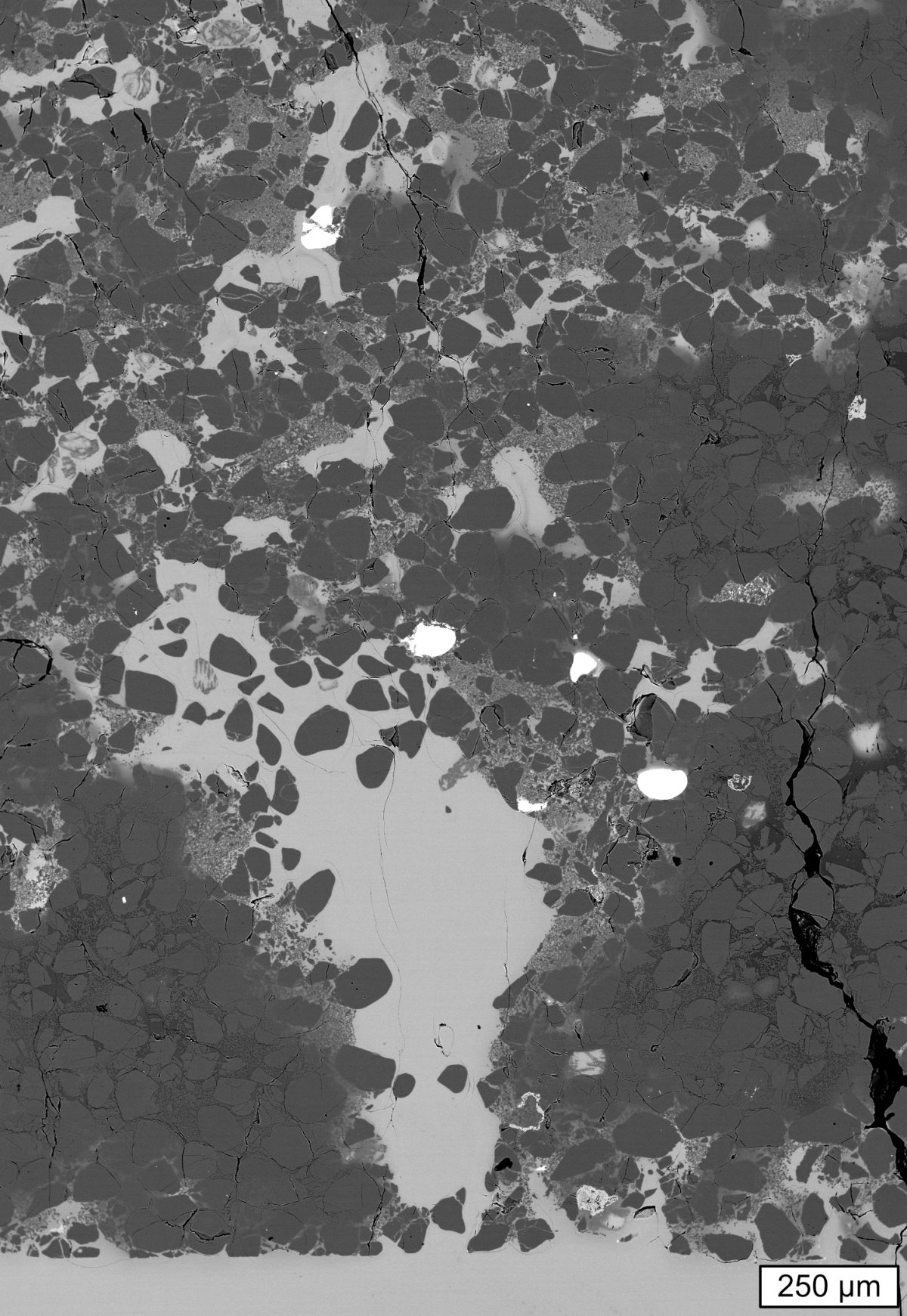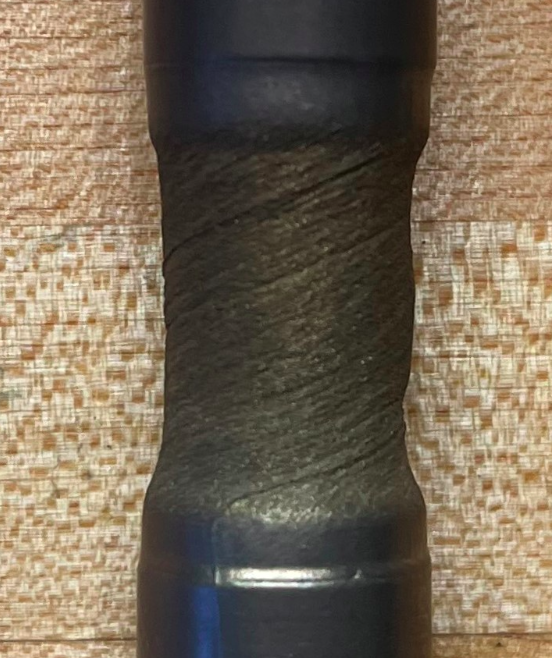Get to know: The Rock and Mineral Physics Laboratory

The Rock and Mineral Physics Laboratory at the University of Minnesota uses laboratory-based experiments to investigate the physical properties of geological materials. We primarily focus on the mechanics and deformation of rocks at high temperatures and pressures (Figure 1). Our research interests address a wide range of problems that relate the mechanisms of deformation at the atomic scale to the dynamics of the solid Earth at the scale of lithospheric plates. Much of our research focuses on the interactions among crystal defects, microstructure, and the rheological properties of mantle and crustal rocks.

Rheological behavior of rocks and minerals
Our primary research target is elucidating the small-scale physics that control the rheological behavior of geological materials. We conduct deformation experiments to determine how the motion and evolution of crystal defects, such as dislocations, influence macroscopic behavior. We work at a range of conditions to examine plasticity and viscoelasticity in materials characteristic of Earth's upper mantle and crust. These experiments include uniaxial compression; triaxial compression (Figure 2), extension, and torsion; and micromechanical testing including nanoindentation and micropillar compression. You can find an overview lecture of some of these topics from 2019 here.

The dynamics of partially molten rocks
Partially molten rock (melt fraction < 0.2), mush (melt fraction from 0.3 to 0.5) and magma (melt fraction > 0.5) are found throughout Earth’s mantle, asthenosphere and crust. The seismic, conductive, and transport properties of these materials are significantly influenced by melt fraction and melt distribution, both of which can change during deformation and as a result of chemical reactions. We conduct experiments to determine the rheological properties and microstructural evolution of partially molten rocks and mushes as a result of deformation, reactive flow, and exposure to pore-pressure gradients (Figure 3). Experimental results are also used to identify the processes and conditions that facilitate melt migration and the formation of melt-rich features. Specific applications of our work include chemical exchange between Earth’s crust, mantle, and atmosphere; mantle flow and melt extraction on Jupiter’s moon Io; and magma ascent in volcanic plumbing systems.

Texture development and anisotropy
The deformation of crystalline materials at high temperatures often leads to the formation of crystallographic textures, in which individual crystals rotate into preferred orientations. Because individual crystals exhibit anisotropy in their physical properties, textured materials also exhibit some anisotropy. Physical properties that can be anisotropic include elasticity (and therefore seismic properties), viscoplasticity, and electrical conductivity. We conduct experiments to investigate both texture formation and the magnitude of anisotropic properties of textured rocks. Many of these experiments involve extreme amounts of deformation, which is imparted on samples by twisting them in torsion (Figure 4). The results of these experiments are used to calibrate models of texture formation to predict anisotropy in geodynamic simulations and to interpret textures preserved in rocks now exposed at Earth's surface.
